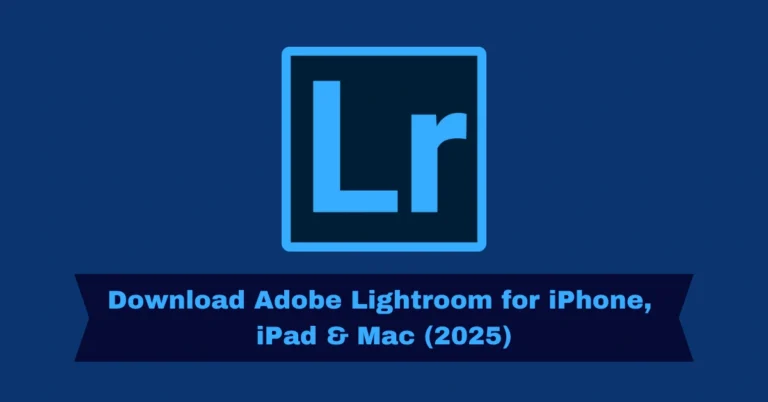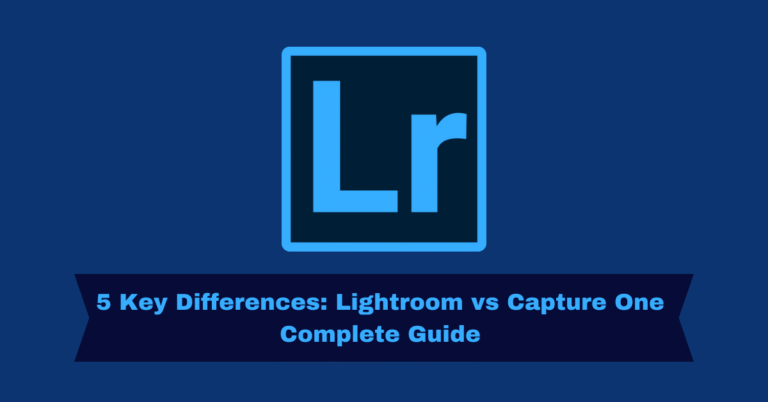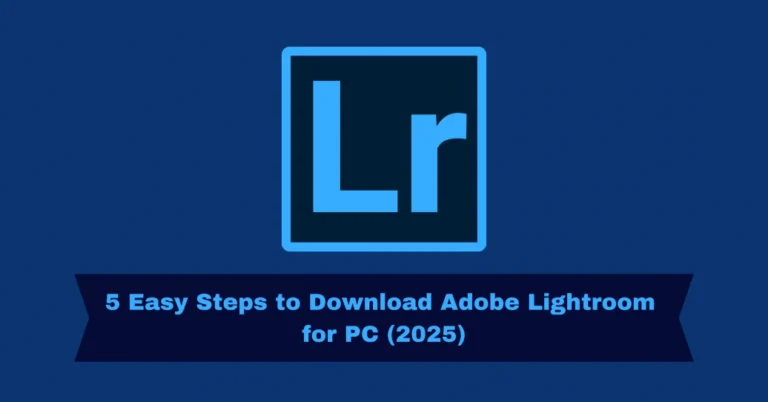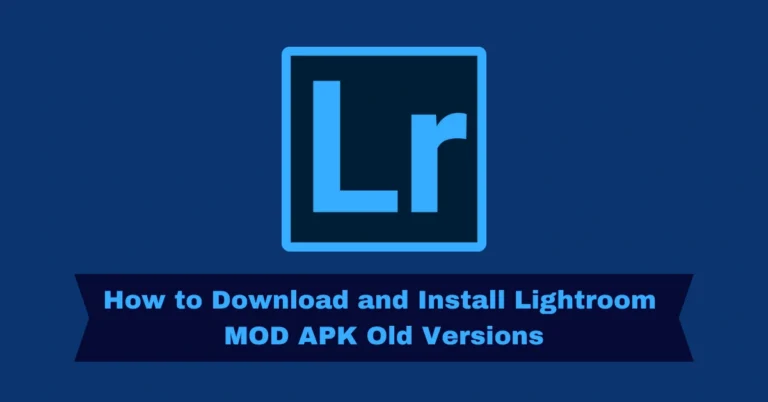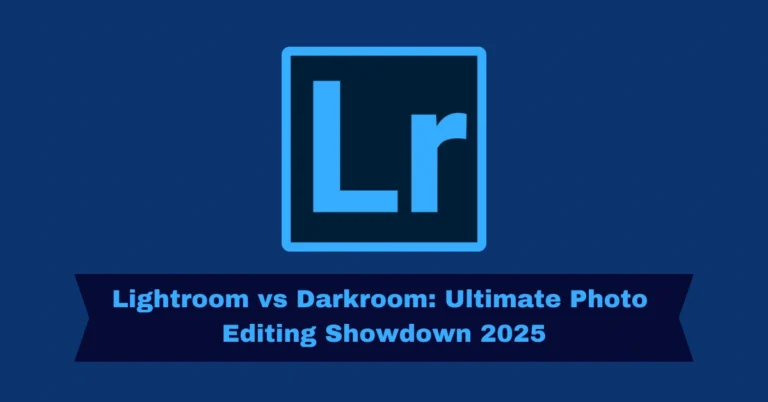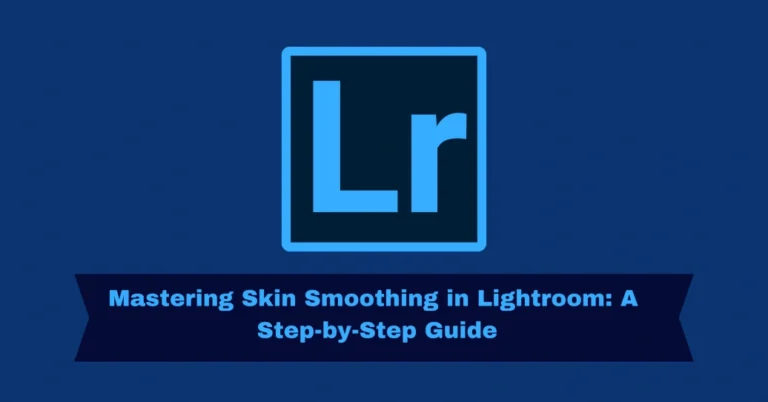5 Key Differences: Lightroom vs Snapseed Complete Guide
In the world of mobile photo editing, Adobe’s Lightroom Mod and Google’s Snapseed have long dominated the space. Both apps are highly rated for their respective features, catering to users with varying skill levels—from casual snapshooters to professional photographers. But which app is truly better for your needs in 2025? In this article, we will dissect the strengths and weaknesses of both apps across different aspects.
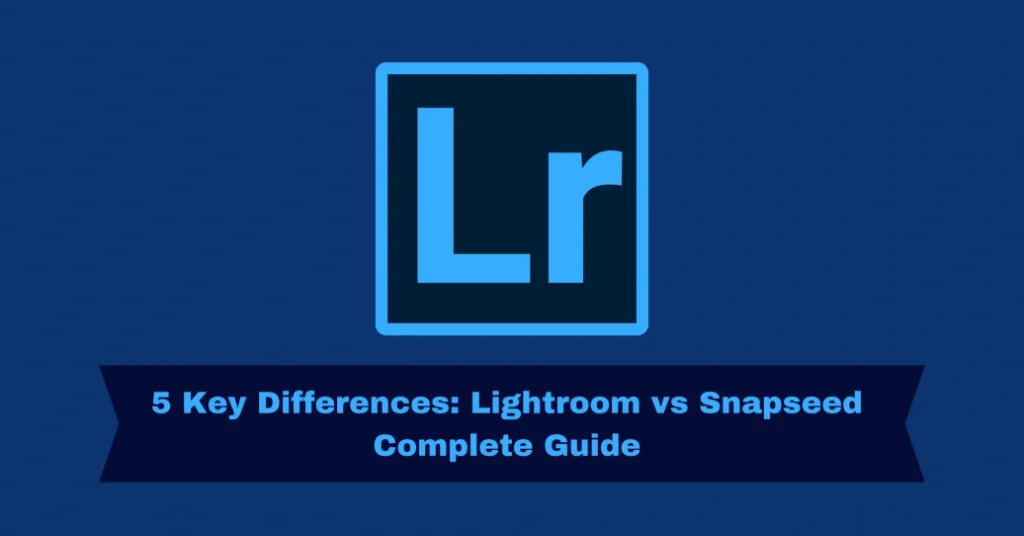
1. Overview of Lightroom and Snapseed
What is Adobe Lightroom?
Launched in 2007 by Adobe, Lightroom has evolved into one of the most powerful photo editing tools available. It offers professional-grade tools that make it the go-to app for photographers and serious hobbyists. The app supports RAW editing, integrates with Adobe’s Creative Cloud, and provides advanced features like color grading, HSL adjustments, and AI-powered enhancements. With its paid subscription model, users gain access to a wide range of tools for deep, non-destructive editing.
What is Snapseed?
Performs excellently with complex edits and large files. It is particularly optimized forSnapseed, on the other hand, was released in 2011 by Nik Software and later acquired by Google. It’s a free-to-use app available on both Android and iOS platforms. While it’s not as feature-rich as Lightroom, Snapseed is known for its simplicity and user-friendly interface, making it perfect for beginners. The app offers essential editing tools like curves, selective adjustments, and healing features, but its offerings are not as extensive as Lightroom’s professional-level tools.tasks like detailed layer work but may lag slightly during batch operations.
User Interface (UI) and Ease of Use
Lightroom offers a more complex user interface due to its advanced features, which may initially be challenging for beginners. However, for users who are already familiar with professional photo editing software, Lightroom’s organized layout and workflow make it easy to access various tools.
Snapseed, in contrast, shines in terms of ease of use. Its simple layout with gesture-based controls allows users to quickly apply edits and experiment with filters. While the interface is straightforward, Snapseed’s simplicity makes it an ideal choice for those who need quick edits without getting overwhelmed.
Snapseed (due to its user-friendly interface, especially for beginners).
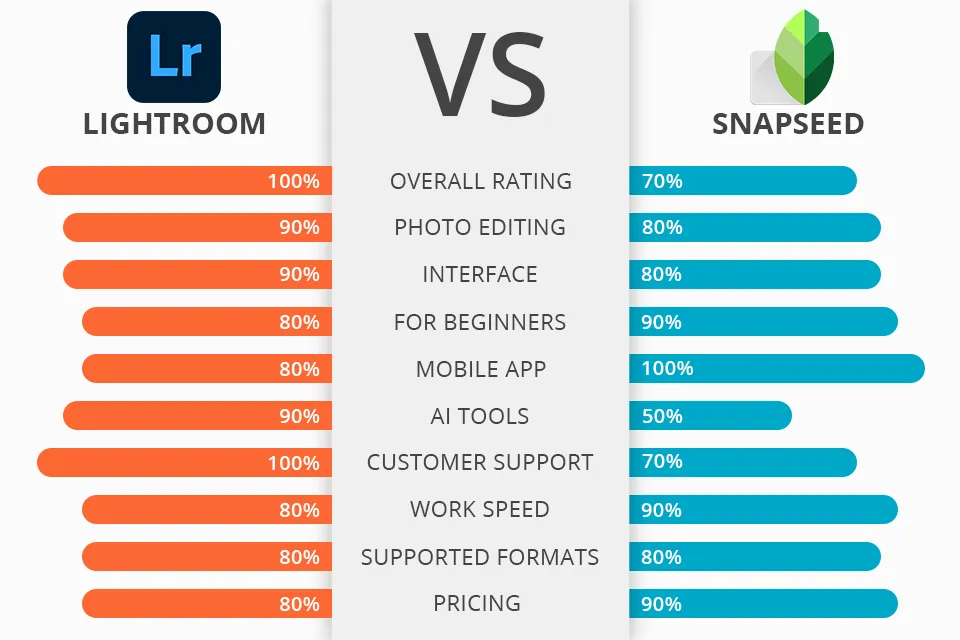
Editing Features and Capabilities
Lightroom Editing Tools:
Lightroom’s strength lies in its comprehensive set of professional-grade tools. Users can fine-tune exposure, colors, and details with precision. Lightroom also supports advanced features such as AI-driven masking, gradient filters, lens correction, and HSL adjustments—tools that allow for fine-tuned control over every detail of an image.
What is Snapseed Editing Tools:
While Snapseed doesn’t boast the same level of depth as Lightroom, it still provides a solid range of editing tools. It excels at basic editing, such as brightness adjustments, cropping, and applying filters. Snapseed also offers some fun features like text tool, lens blur, and healing, making it suitable for those who need quick adjustments without diving into advanced settings.
Winner:
Lightroom (due to its advanced and professional-grade editing tools).
Presets and Filters
Lightroom is known for its extensive collection of presets that can be customized or downloaded from various sources. These presets can save significant time during editing, especially for photographers needing consistent results across a large batch of images.
Snapseed offers a set of “Looks”, which are preset filters that apply a predefined style to your image. While they are easy to use and effective, Snapseed’s options are fewer compared to Lightroom, which offers more variety and customization for professional work.
Lightroom (for its wide array of customizable presets).
File Format Support and Cloud Integration
Lightroom File Formats and Cloud Integration:
Lightroom supports a range of file formats, including RAW, JPEG, TIFF, and PSD, making it a preferred choice for photographers working with high-quality images. Additionally, Lightroom offers cloud storage and cross-device syncing, so users can work seamlessly across desktop and mobile platforms.
Snapseed File Formats:
Snapseed supports a limited set of file formats, primarily JPEG, and DNG. While it can handle basic edits well, it does not support RAW files, making it less suitable for professional photographers who require more control over their images. Additionally, Snapseed does not offer cloud storage or syncing between devices.
Winner:
Lightroom (due to support for RAW files and cloud integration).
Pricing and Accessibility
Lightroom operates on a subscription-based model, starting at $9.99/month for the Photography Plan, which includes access to both Lightroom and Photoshop. While it’s a paid app, it justifies its cost with a plethora of advanced features, cloud storage, and seamless integration with other Adobe products.
Snapseed is completely free, with no hidden fees or subscriptions. This makes it a highly attractive option for casual users who are looking for a no-cost editing solution that still offers a broad range of editing tools.
Snapseed (for its free cost).
Performance and Device Compatibility
Lightroom Performance:
Lightroom performs excellently on both mobile and desktop platforms. Its cloud-based architecture ensures that your work is synced across devices, and its performance remains smooth, even when dealing with high-resolution images.
Snapseed Performance:
Snapseed also performs well on mobile devices but may struggle with slower devices or more complex edits. It’s optimized for quick edits, but for larger or more complex projects, its performance may degrade, especially on older devices.
Winner:
Lightroom (due to its superior performance across devices).
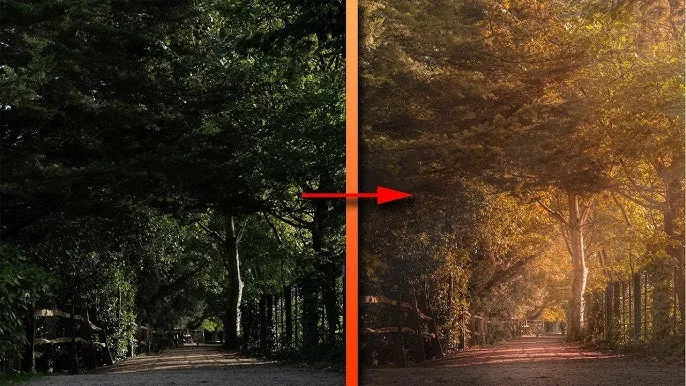
Pros and Cons of Lightroom
pros
Cons
Pros and Cons of Snapseed
pros
Cons
Quick Navigation
| 9 Best Adobe Lightroom Alternatives for 2025: Complete Guide | https://lightrm.pro/alternatives/ |
| Lightroom vs Darkroom: 10 Quick Tips for Photo Editors 2025 | https://lightrm.pro/darkroom/ |
FAQS
Conclusion
Final Analysis
Both Lightroom and Snapseed offer powerful editing tools, but their target audiences differ significantly:
Lightroom is ideal for professional photographers and users who require advanced editing features, support for RAW files, and integration with cloud services. If you’re willing to invest in a paid subscription for top-tier editing capabilities, Lightroom is the way to go.
Snapseed is perfect for beginners or casual photographers who want to make quick edits on the go without a steep learning curve. It’s free and highly effective for basic editing and social media content.

